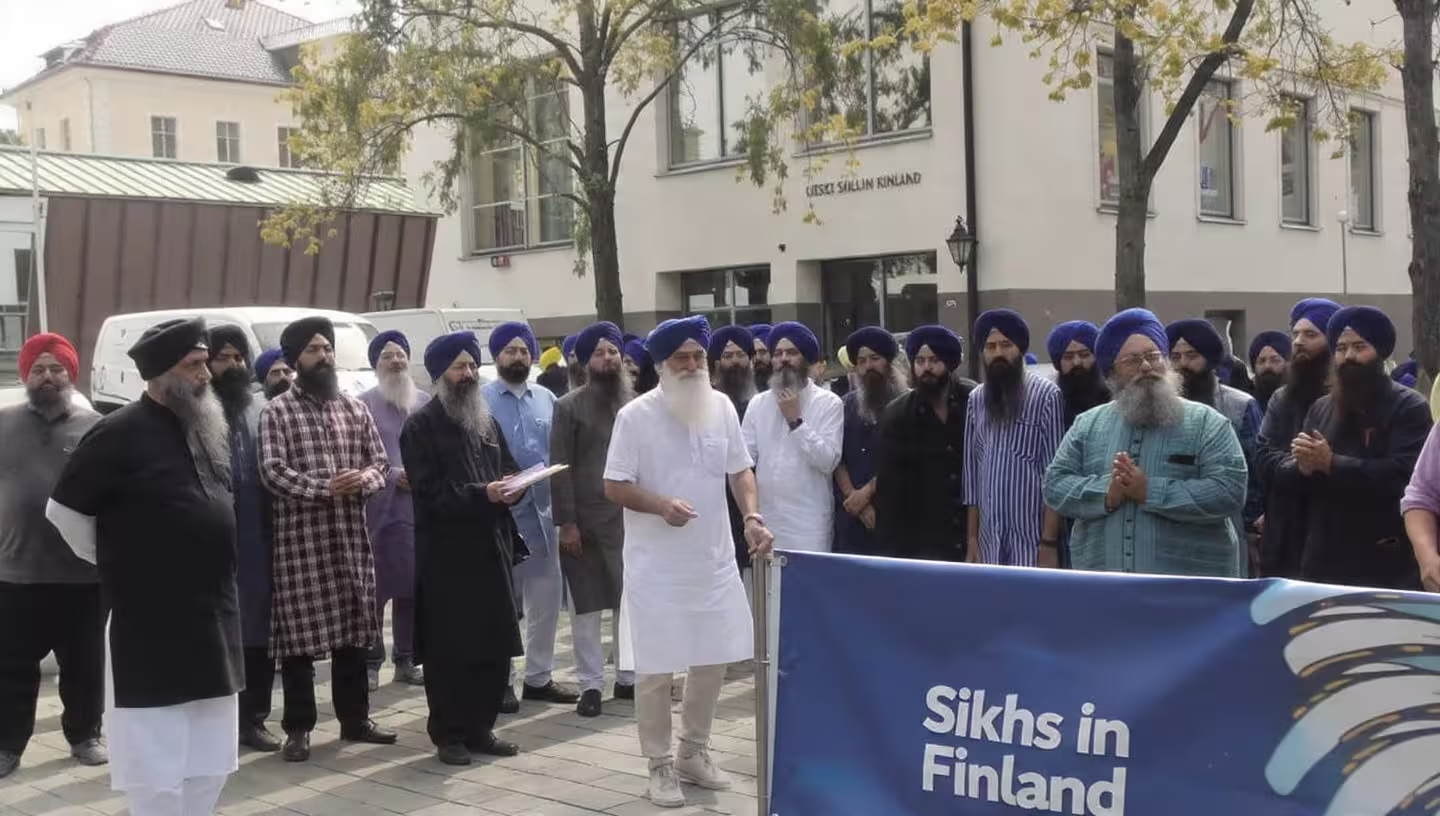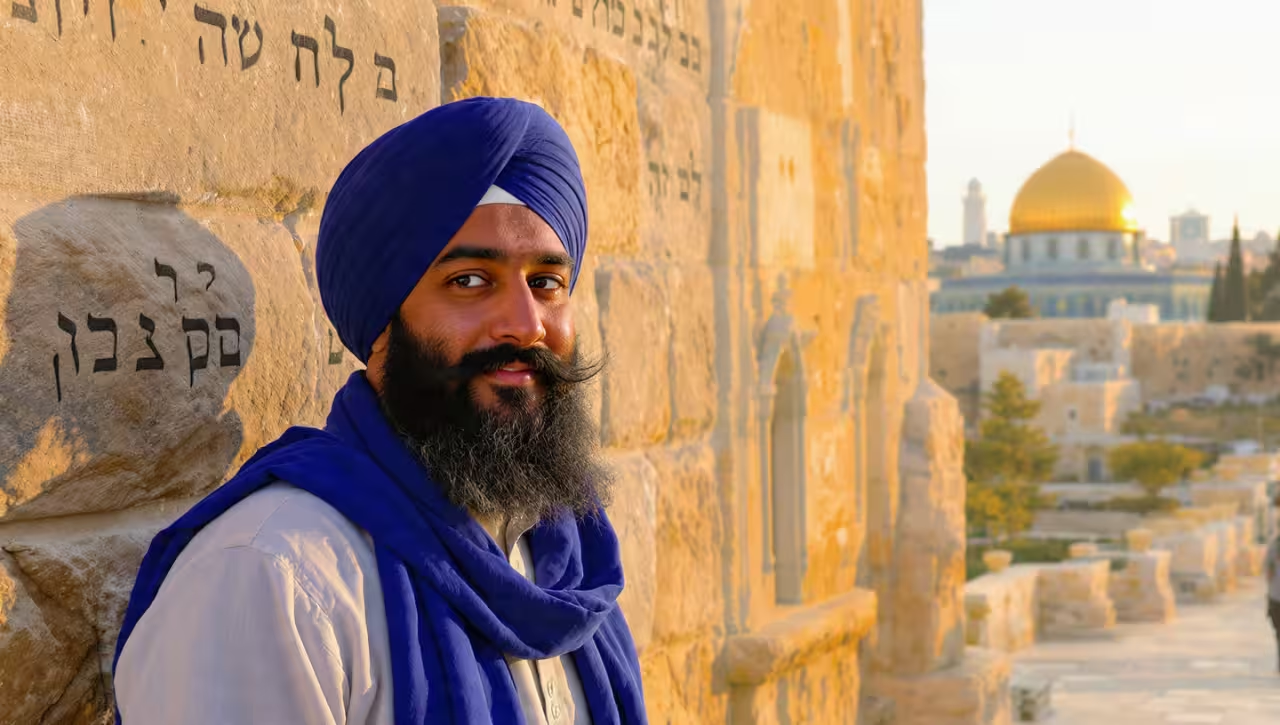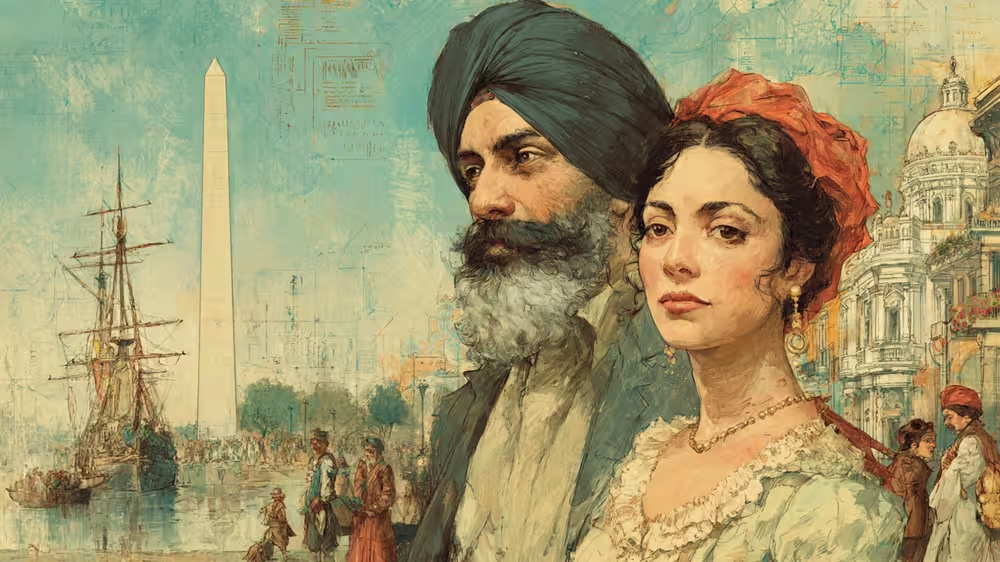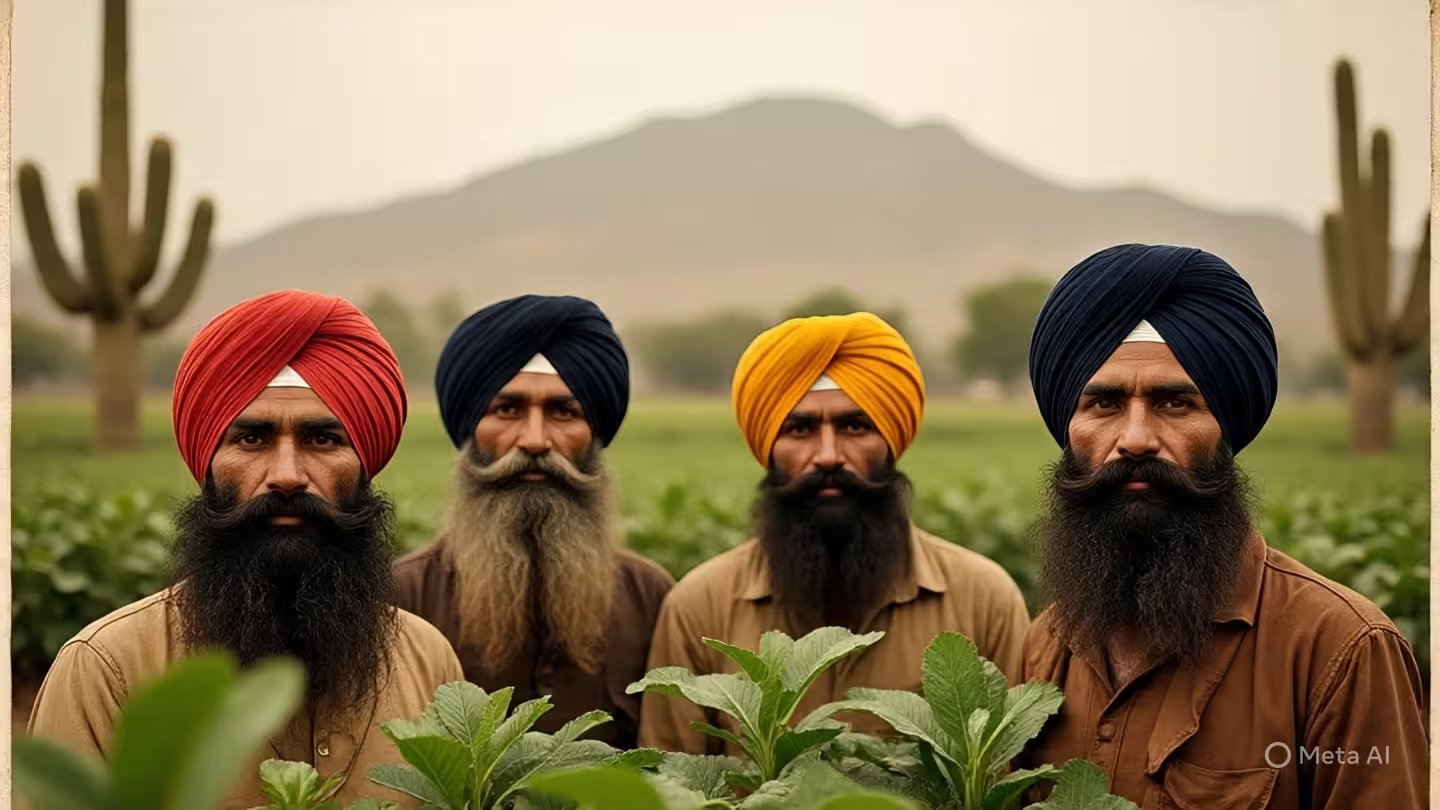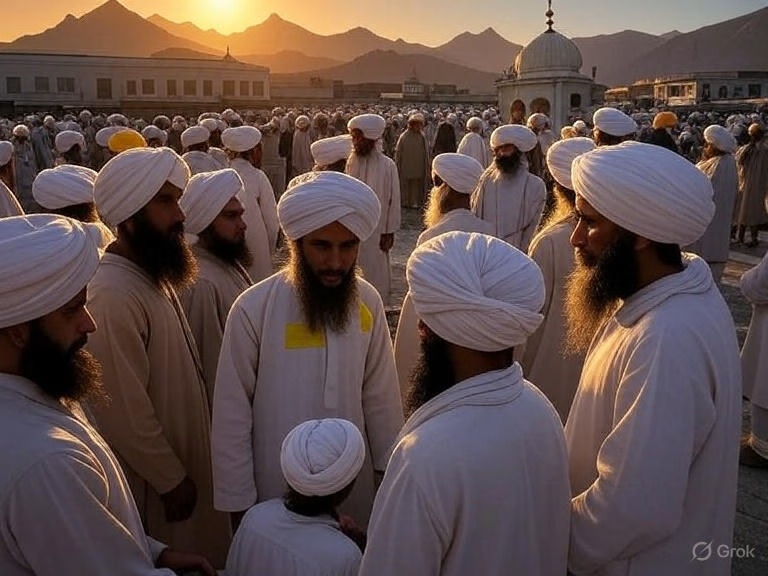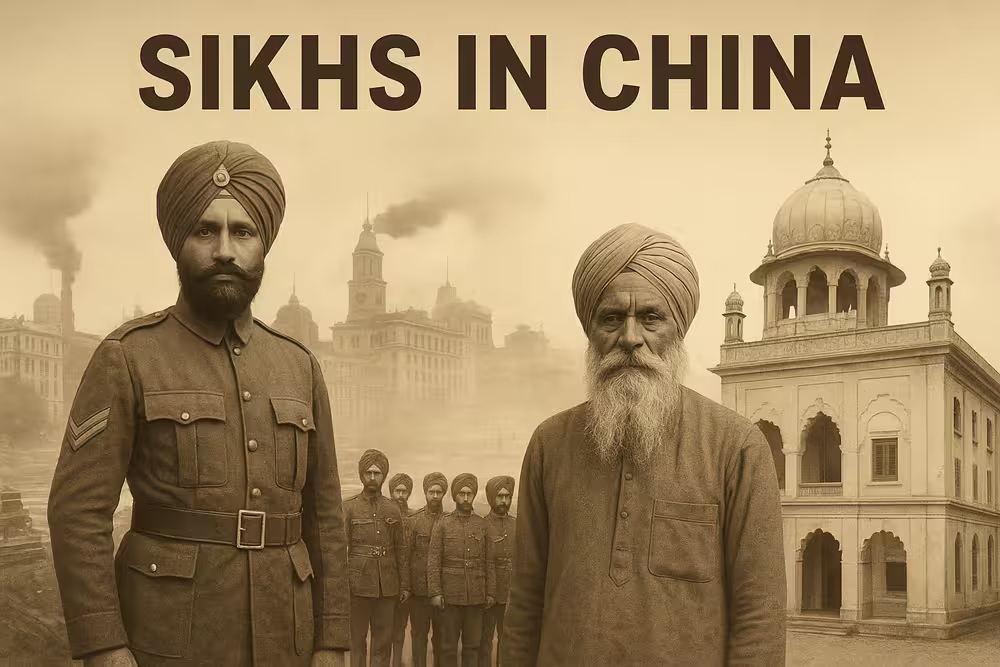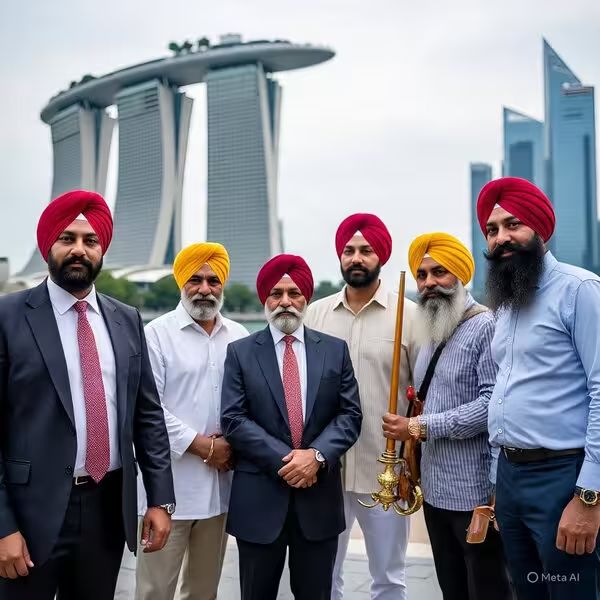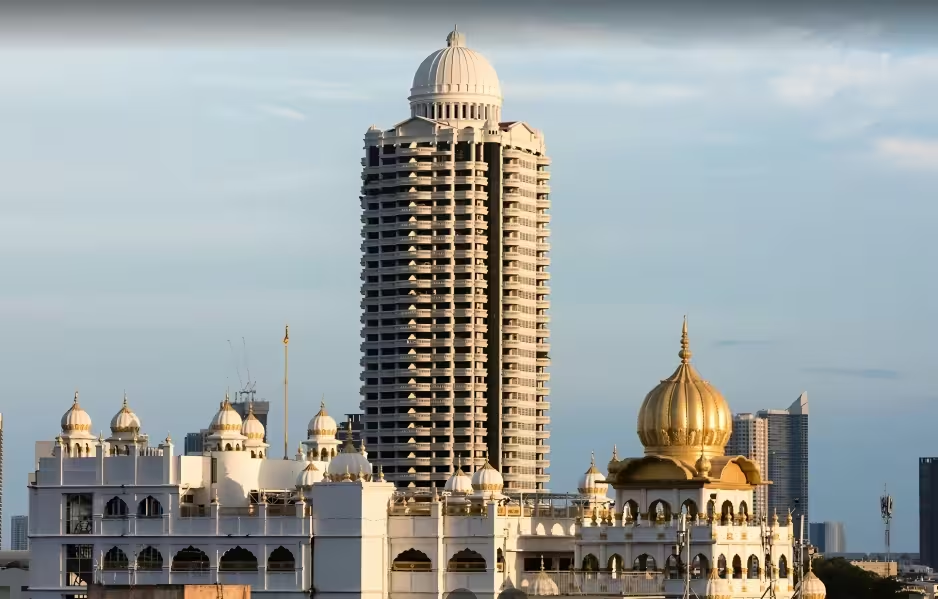The History of Sikh Gurdwaras in Italy: Pillars of Faith and Community
The history of gurdwaras in Italy mirrors the broader narrative of Sikh migration. Sikhs first arrived in small numbers post-World War II, but substantial influxes occurred in the 1980s amid political and economic challenges in Punjab. Early migrants, often undocumented and facing exploitation in agricultural work, initially gathered for worship in private homes or makeshift spaces due to precarious living conditions and legal statuses. These informal prayer rooms were essential for maintaining cultural ties and providing mutual support, but they were limited by space and resources.
By the early 1990s, as the community stabilized with legal residencies and family reunifications, the need for formal gurdwaras grew. The establishment of these temples marked a shift from survival-focused gatherings to organized religious and communal institutions. This process was influenced by translocal networks connecting Italian Sikhs with communities in Punjab and other diasporas, as well as local Italian authorities who gradually accommodated Sikh religious needs. Gurdwaras not only facilitated worship and langar (community meals) but also became venues for Punjabi language classes, festivals like Vaisakhi, and interfaith dialogues, aiding integration while preserving identity. journals.openedition
The Emergence of Sikh Gurdwaras in Italy: From Humble Beginnings to Institutional Anchors
The growth accelerated in the late 1990s and early 2000s, with gurdwaras spreading from urban centers like Rome to rural areas where Sikhs worked in dairy farms. This expansion was supported by community fundraising and, in some cases, local government approvals for land use. By the 2010s, gurdwaras had become symbols of Sikh visibility, hosting public events and contributing to disaster relief, such as providing meals to earthquake victims in 2012. Generational differences have shaped their narratives: first-generation migrants view gurdwaras as hard-won spaces of stability and dialogue with Italian society, often emphasizing harmony with Catholicism to counter misconceptions. Younger generations, however, seek more assertive promotion of Sikh history and values, pushing beyond superficial cultural appreciation
Gurdwaras are distributed across regions including Calabria, Emilia-Romagna, Friuli-Venezia Giulia, Lazio, Lombardia, Marche, Piemonte, Puglia, Toscana, Trentino-Alto Adige, Umbria, and Veneto. While not all have detailed public histories, several stand out for their significance. Below, I profile key gurdwaras, focusing on their establishment, historical context, and roles.
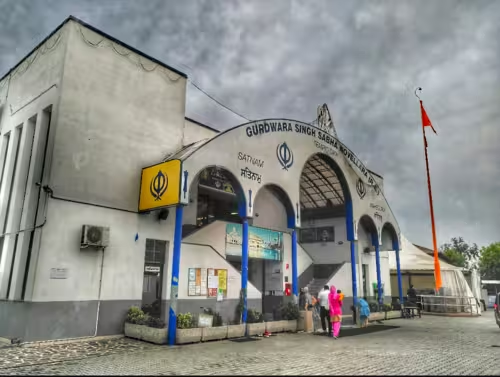
Gurdwara Singh Sabha, Reggio Emilia (Oldest Gurdwara)
Located in the heart of Emilia-Romagna, this gurdwara is widely recognized as the oldest in Italy, established in the early 1990s amid the initial wave of Sikh settlement in the region.
Reggio Emilia’s fertile Po Valley attracted Punjabi migrants for agricultural work, and the temple emerged from community efforts to create a dedicated worship space. It served as a pioneer, inspiring other gurdwaras and fostering networks across Italy. Today, it remains a central hub for the local Sikh population, hosting religious services, cultural events, and community support initiatives. Its historical significance lies in symbolizing the community’s early resilience against exploitation and isolation, evolving into a beacon of integration.
A Gurdwara (Punjabi: ਗੁਰਦੁਆਰਾ, meaning “door to the Guru”) is the place of worship for Sikhs. It’s not just a temple—it’s also a community center, school, and a hub for social welfare.

Gurdwara Sri Guru Kalgidhar Sahib, Novellara
Inaugurated in 2000, this gurdwara in Novellara (province of Reggio Emilia) is one of the largest and most prominent in Europe. It was the first in Italy to receive municipal permission to build on industrial land, marking a milestone in religious accommodation.
The opening ceremony was attended by Romano Prodi, then-Italian Prime Minister, highlighting official recognition. Funded entirely by the community, it reflects the 1980s migration boom, with Sikhs funding construction through dairy farm earnings. Architecturally, it features elements reminiscent of Punjabi temples, including plans for a golden dome akin to Amritsar’s Harmandir Sahib.
The gurdwara hosts annual Vaisakhi celebrations drawing Sikhs from across Europe, transforming the village into a vibrant cultural site. It plays a vital role in community welfare, such as disaster aid and donations to local charities, and has influenced smaller temples through its “umbrella effect” on networks. Recent expansions underscore its growing importance.
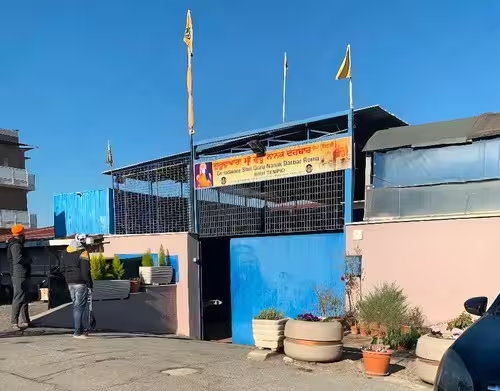
Gurudwara Shri Guru Nanak Darbar
Rome, as an early migration hub, saw the establishment of Italy’s first informal gurdwaras in the early 1990s. The Gurudwara Shri Guru Nanak Darbar and Gurdwara Singh Sabha, both in the capital, originated from gatherings in rented warehouses in suburban industrial areas.
These spaces addressed the needs of around 30 Sikh men facing urban challenges like racism and exploitation. Initially male-dominated and focused on survival, they evolved with family arrivals into full-fledged temples by the late 1990s. Multiple gurdwaras emerged in Rome’s provinces, such as Fiumicino and Fregene, as Sikhs moved to semi-rural areas for better opportunities.
Today, they serve diverse functions, from worship to advocacy, though early histories highlight intra-community tensions with labor brokers. Open Edition Journals

Gurdwara Singh Sabha Sahib, Terni
Established in 2005 in Umbria’s Terni, this gurdwara followed the formation of its association in 2002. Located near the railway station for accessibility, it represents a deliberate push for public visibility and central integration, breaking from past marginalization. Influenced by Novellara’s success, it was built through community negotiations with local authorities. It fosters interfaith ties, particularly with Catholic groups, and embodies generational shifts: older migrants prioritize harmony, while youth advocate for deeper cultural education.
This Gurdwara serves as a place for Sikh worship and community gatherings in Umbria, a region with a smaller Sikh population compared to metropolitan areas in Italy. It is one among approximately 60 Gurdwaras across Italy, as noted in recently published records
Other Notable Sikh Gurdwaras
- Gurdwara Singh Sabha Galvani, Bolzano (Trentino-Alto Adige): One of the northernmost, serving alpine Sikh communities in agriculture.
- Darbar Sri Guru Granth Sahib Ji, Parma (Emilia-Romagna): A relatively newer temple, built with support from Sikh leaders like Sant Baba Baldev Singh Bulandpuri, reflecting ongoing expansion in dairy regions.
- Gurdwara Sri Hargobind Sahib Ji, Leno (Lombardia): In Brescia province, a key area for Sikh labor, established in the 2000s amid community growth
- Gurdwara Singh Sabha, Bergamo: Home to Italy’s largest Sikh community, hosting traditional events like weddings and symbolizing urban Sikh presence. Best Indian Weddings Italy
Despite their growth, gurdwaras face hurdles like religious recognition—e.g., the 2017 kirpan ban—and exploitation in surrounding industries. However, they continue to bridge cultures, promoting seva (service) and unity. As Italy’s Sikh population evolves, these temples will likely expand, blending Punjabi heritage with Italian life. Visiting one offers a glimpse into this dynamic history— a testament to faith’s enduring power in diaspora.
